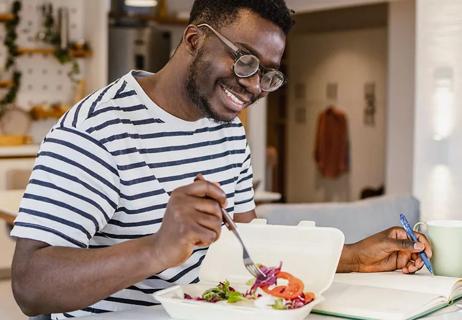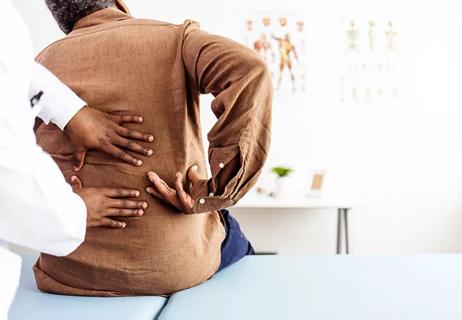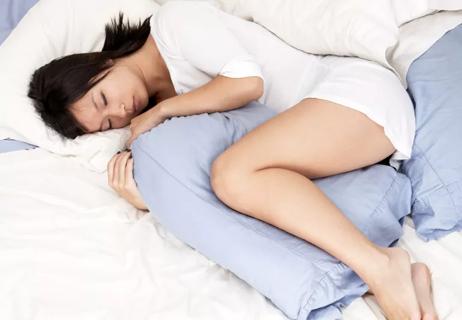Ease pain and stay active by keeping your spine in its proper position

Good posture is key for spinal health, but it’s especially crucial for people with ankylosing spondylitis (AS), a type of inflammatory arthritis that primarily affects your spine. When you have AS, you’re at risk of developing a hunched back, sometimes known as ankylosing spondylitis posture.
Advertisement
Cleveland Clinic is a non-profit academic medical center. Advertising on our site helps support our mission. We do not endorse non-Cleveland Clinic products or services. Policy
But you can take steps to prevent it and ease your pain and stiffness. Physical therapist Scott Euype, PT, DPT, MHS, OCS, explains the relationship between AS and posture and provides tips for maintaining a proper stance throughout the day.
AS typically starts with inflammation in your lower back, where your pelvis and spine meet. The swelling in your spine causes stiffness and discomfort. As the condition progresses, new bone forms in your spine and fuses (joins) your vertebrae. That portion of your back becomes immobile.
Over time, people with advanced AS may develop a stooped, question-mark-shaped posture, which limits movement.
There are several steps you can take to maintain flexibility and relieve AS pain.
Advertisement
When you have AS, keeping your spine in proper alignment is essential to avoiding a permanently hunched-over position. But getting into those healthy postures may be painful.
“People with AS have varying degrees of back pain when holding a healthy posture where the lower back naturally curves in,” Dr. Euype notes. “Try to find a position as close to the ideal posture as feels good to you.”
Prolonged sitting puts a lot of pressure on your back, so focus on getting your sitting stance right. Here’s what you can do to make sure your spine is in the correct sitting position.
You may not spend much time thinking about how you stand, but you could be holding yourself in an irregular position, especially if you’re compensating for pain.
“Bring your shoulder blades together so you’re standing straighter and more erect,” Dr. Euype recommends. Imagine your butt underneath your back, so your spine’s straighter, and you’re not leaning forward.
If you frequently read and send text messages, take breaks to look up. Realign your head and neck over your shoulders. If necessary, set reminders on your computer or fitness tracker. When it buzzes, get up and move around or correct your posture, so you’re not stooped over your phone.
If you’ve ever woken up with a sore back, you know your sleeping position can affect how you feel in the morning. Here’s how you can keep your spine in healthy alignment while you slumber.
Advertisement
Focusing on your posture promotes better movement and eases AS pain now — which can help you stay active with minimal pain in the future. It may not be possible to hold your spine in perfect alignment all the time. But the more you do it throughout the day, the healthier your spine will be.
Advertisement
Learn more about our editorial process.
Advertisement

Some diets are better than others, but it comes down to what works best for you

Pilates, stretching and hydrotherapy can support your spine and maintain a wide range of motion

Non-drug therapies like massage therapy and acupuncture can help manage pain, stiffness and fatigue

Doctors aren’t sure why, but the conditions are connected

About 35% of people with this autoimmune condition also develop uveitis

Managing the chronic pain of this autoimmune condition is important

After knee arthroplasty, swelling-related pain is common, but infection and blood clots are also risks

This chronic condition most commonly causes pelvic pain and severe cramping during periods, but it can bring other types of pain symptoms, too

Start having sex about 72 hours before ovulation, then at least every other day during your fertile window

Attachment theory suggests that your earliest relationships shape connections throughout your life

It isn’t a recognized mental health disorder, but research shows that problematic social media use can negatively affect your mental health, self-esteem and sleep